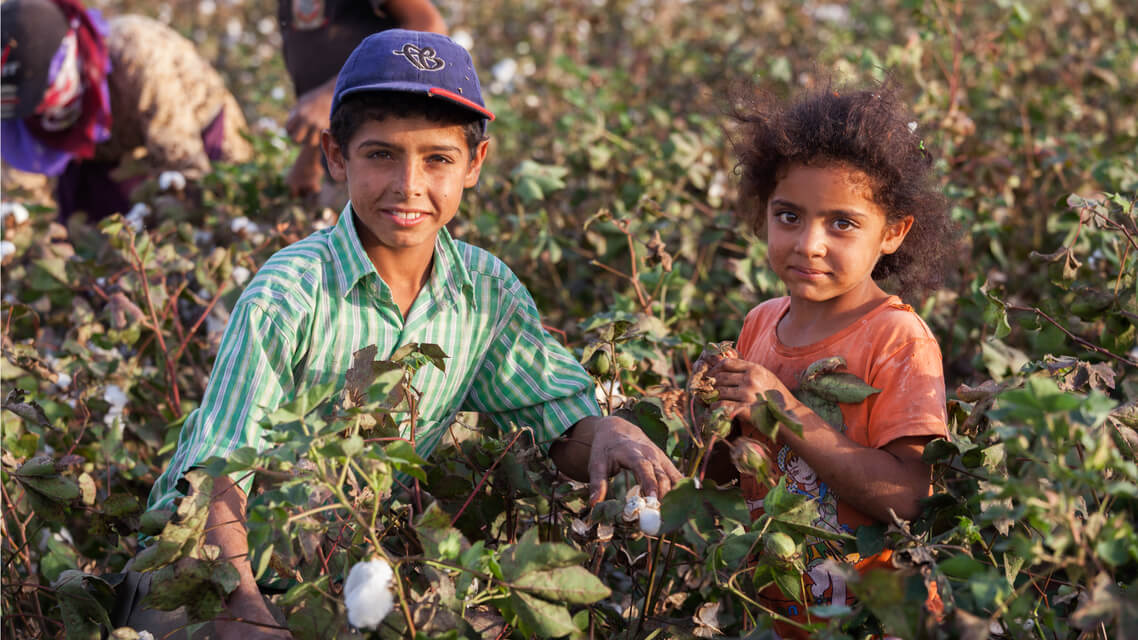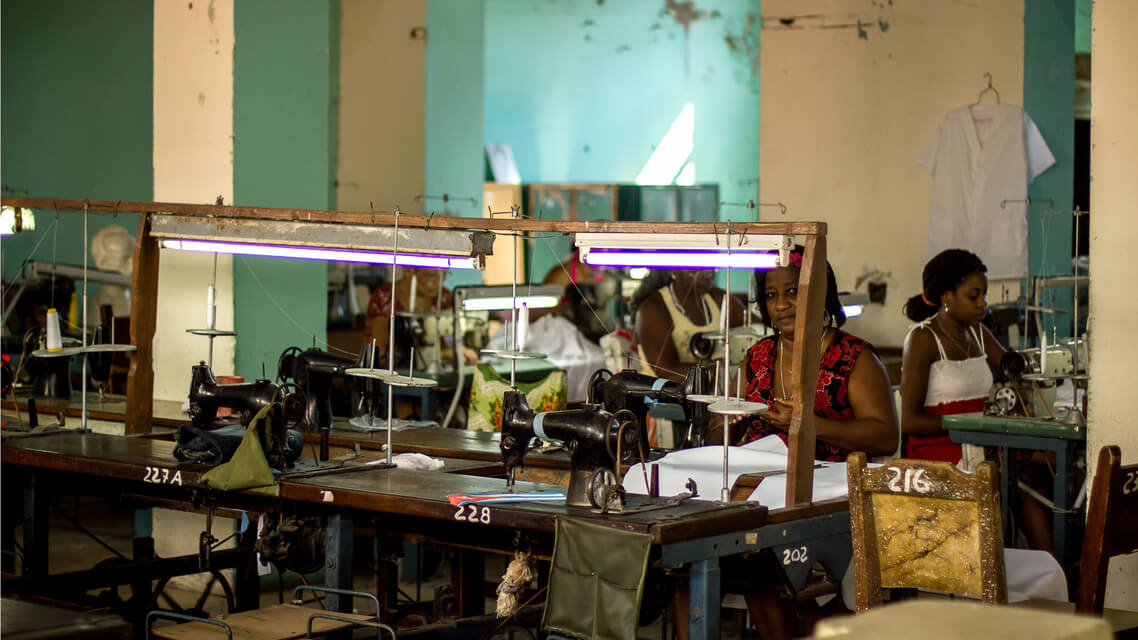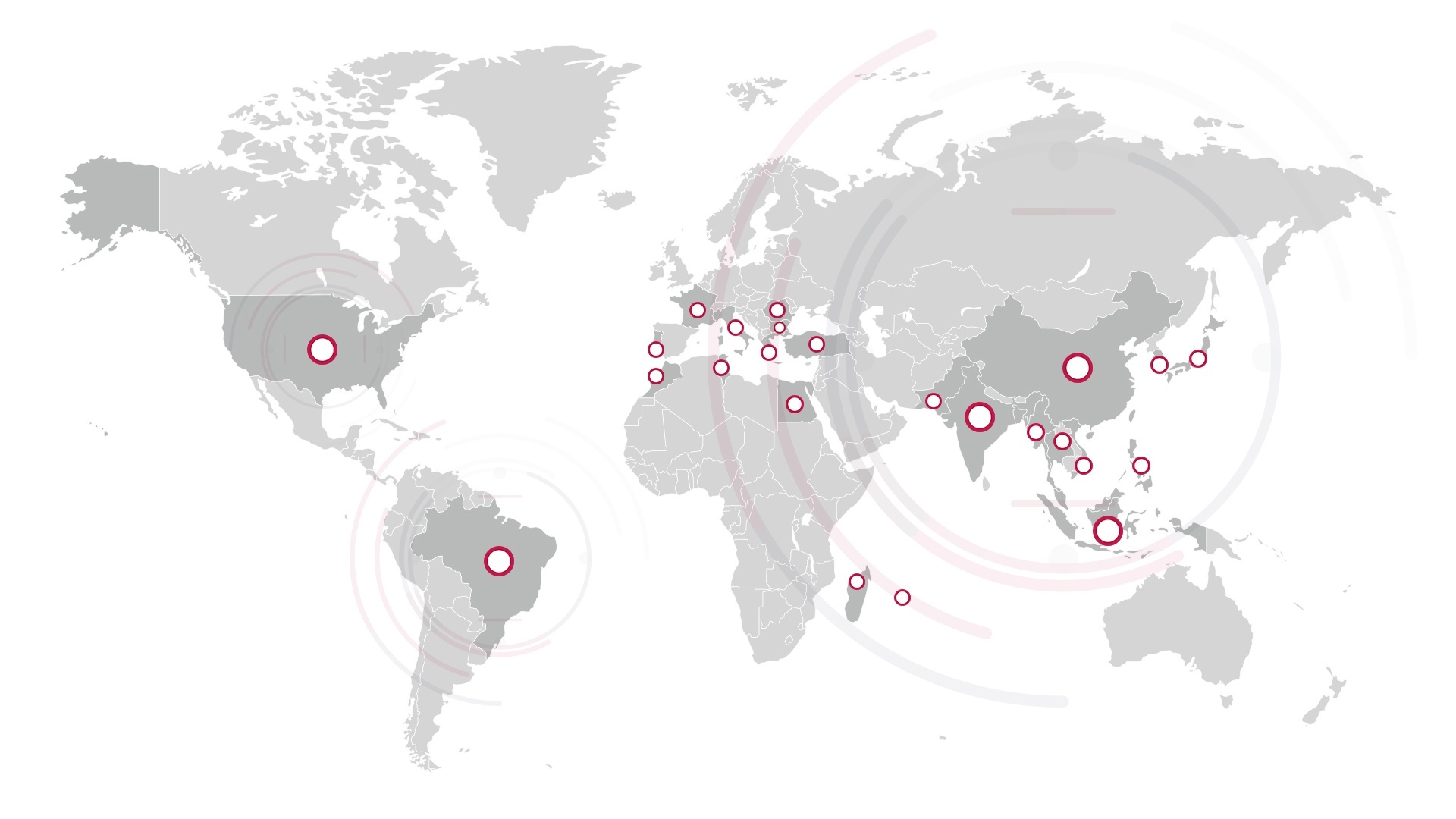Gone are the days where large organizations can get away with the manufacturing and production of products without their ecological footprint, labor working conditions and the general ethicacy of the fashion brand being watched. Today, consumers hold the power and they have adapted their lives to living a ‘greener lifestyle’ which directly affects their buying habits, and if your brand isn’t making the necessary changes to adopt a ‘greener’ brand image, you’re definitely going to lose out.
Here’s a quick look at the top 5 clothing CSR concerns for consumers.
Child Labor
Child labor continues to occur worldwide in the fashion industry where children are employed for the production of cotton seeds, yarn spinning and putting together garments at various phases. A brand that is involved in the exploitation of workers, ends up creating a bad reputation for themselves which in turn affects consumer’s purchases. This will as a result negatively impact the company’s image as well as profit. Unfortunately, there are many case studies where unethical working conditions are still the norm.
Working Conditions
The majority of clothing manufacturers are located in some of the poorest parts of the world due to cheap labor costs which maximize profits for the organization. Even though these factories provide major job opportunities for civilians who live in poverty stricken areas, unfair wages, long working hours and unsafe working conditions are still a problem in the apparel industry. Many workers are forced to work 7 days a week during peak season at 10 – 12 hours per day for extremely low wages. Worker’s lives are affected or lost in these sweatshops due to exhaustion, on-the-job injuries and diseases.
Animal Cruelty
Every year, the clothing industry is the cause of millions of animals who suffer significantly and who are killed unethically – for the sake of fashion. Globally, animal cruelty is a major contributor to consumer’s buying habits. Consumers desperately try to make a difference by eating less meat by incorporating ‘Meat-Free-Mondays’ and completely avoid certain products that do animal testing. The apparel industry is no exception. Silk, cashmere, leather, fur, wool, shearling are all examples of materials where animals sadly had to pay the price for fashion. Even though certain materials are still widely used in the fashion industry today, such as leather, fur and wool, there are many ways to ensure animal welfare. Drawing up an animal welfare policy as H&M have done and making it known to your consumers is also important to do.
Impact on Environment
Second to oil production, the apparel industry is the most polluting industry in the world and the clothing’s material is a large contributor to this problem. Cotton is a natural fiber that makes up to 40% of our clothing, but, it unfortunately has devastating effects on the environment and more consumers are becoming aware of this. Cotton is extremely water-intensive, specifically requiring 6400-15,500 litres per pound of cotton! For the production of cotton, large amounts of toxic pesticides are used, making it the most chemically dependent crop in the world. These toxins have detrimental health effects on the workers who work in the crop fields.

Other types of materials that are hazardous to the environment are polyester and nylon which are non-biodegradable. In addition to this, excessive amounts of energy is used to produce these two materials and nylon is a huge contributor to greenhouse gasses as it emits extreme amounts of nitrous oxide through its requirement for adipic acid production. It’s estimated that for the production of 1 kilogram of adipic acid, 30 grams of nitrous oxide is produced. Therefore, it is useful to look into alternative options such as organic cotton. Textile inspections in order to determine which materials aren’t harmful to the environment will help prevent these types of problems.
Recycling
As consumers are demanding more responsible and sustainable products, no brand can afford to get left behind. In addition to encouraging consumers to buy clothes from charity shops to get that ‘vintage look’, designers and apparel manufacturers are increasingly creating innovative ways in which to reuse materials for the production of clothing. For example, retailers such as Marks & Spencer use recycled polyester which is made from recycled plastic bottles. The materials are melted together, turned into new yarn and then spun into fabric. Some fashion brands use a method called ‘upcycling’ which focuses on creating entire collections out of fabric and materials which have been declared as waste through textile inspections due to small faults. Another great example is when Nike used 18 plastic bottles to make each new uniform for the U.S Women’s Soccer Team in 2015.
In today’s modern world, there is no way of escaping the responsibility an organization has to operate responsibly and ethically, because clothing CSR concerns for consumers can’t be ignored. A study indicates that 81% of consumers will make personal sacrifices to address social and environmental issues. Sustainability is the way forward, don’t get left behind!




.jpg)


